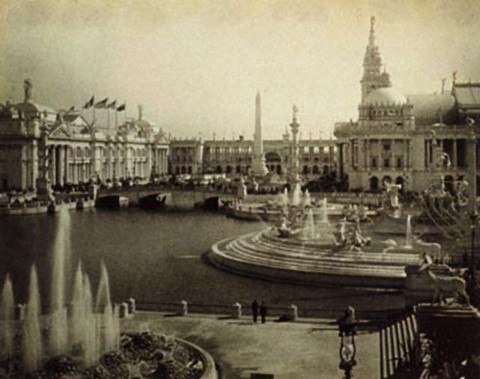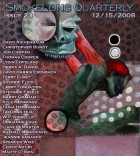An old flyer stated that the exposition covered two hundred and forty-three hectares. The city burned blue and smoky, exclaiming two-hundred thousand incandescent bulbs that glowed at once. Buildings in Jackson Park rose from their majestic shadows. Buffalo Bill shook hands with an amputee and offered him free admission. In dells and barbershops, men discussed a limping economy, while on a ballroom stage, the maharajah of Kapurthala sat yoga-style, his eyes transfixed, and somewhere on an East Bank terrace, a man reinvented himself as Phileas Fogg. He claimed electric charges sparking inside his body made him psychic. Then a waitress disappeared. Then a stenographer. Then a woman named Evelyn Stewart. In a hotel, chemical odors rose and ebbed. Perhaps a problem with the gas lines, said one patron. The perpetrator snuck up from behind, liked a safe distance, perhaps thinking that all his victims resembled his mother. He smothered the women with chloroform-soaked rags. Bodies were dumped in quicklime pits or shoved into kilns. By the Midway, a woman handed a man a gold cigarette case inlaid with diamonds. Later, she wrote to him, “I’m leaving you, Dearest, to find my way in the world.“ Over the streets, there was a whiff of bruised feelings, turning thick, becoming a fog. The fog expanded, covered a distance that was estimated to be slightly less than the circumference of the world, then lifted, left a fuzzy memory of a white city in its wake. There would be progress. There would be a new metropolis and another Chicago World’s fair. There would be futurists and left-wingers. There would be other and more efficient gas chambers.
Chicago World’s Fair, 1893

Art by Robinson Accola


 Included in the price of SmokeLong Fitness:
Included in the price of SmokeLong Fitness: